
Cerulean blue
An extensive collection of information on properties, preparation, identification, and use of cerulean blue – a pigment often used for painting skies.

An extensive collection of information on properties, preparation, identification, and use of cerulean blue – a pigment often used for painting skies.
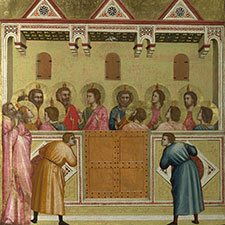
The investigation of Giotto’s Pentecost revealed an unusual method of gilding and also the probable use of the very rare red pigment dragon’s blod.

Renoir, At the Theatre: the pigment analysis revealed a complex and varied brushwork and the pigments usually employed by the Impressionsts.

Rubens, The Gerbier Family: The thorough investigation and pigment analysis have answered several important questions concerning this painting.
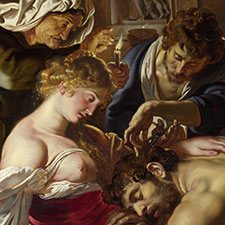
Rubens, Samson and Delilah: One of the most elaborate rendering of draperies in painting. The red robe of Delilah is painted predominantly in carmine.
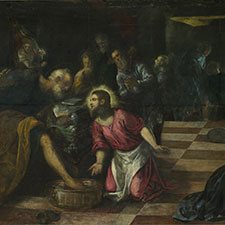
Tintoretto’s interpretaion of the biblical scene in bright colours which have now faded considerably. Main pigments are red lake, ultramarine and orpiment.
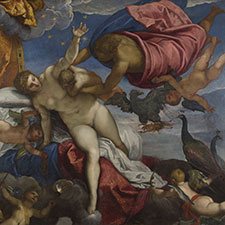
The pigment analysis of Tintoretto’s’ The Origin of the Milky Way’ revealed a very complex paint layer structure and the use of the rare pigment realgar.
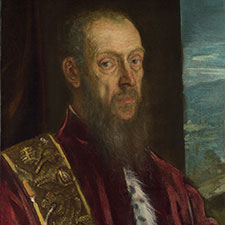
Tintoretto, Portrait of Vincenzo Morosini: The pigment analysis reveals the use of the rather rare pigments realgar and orpiment in the sash of the sitter.
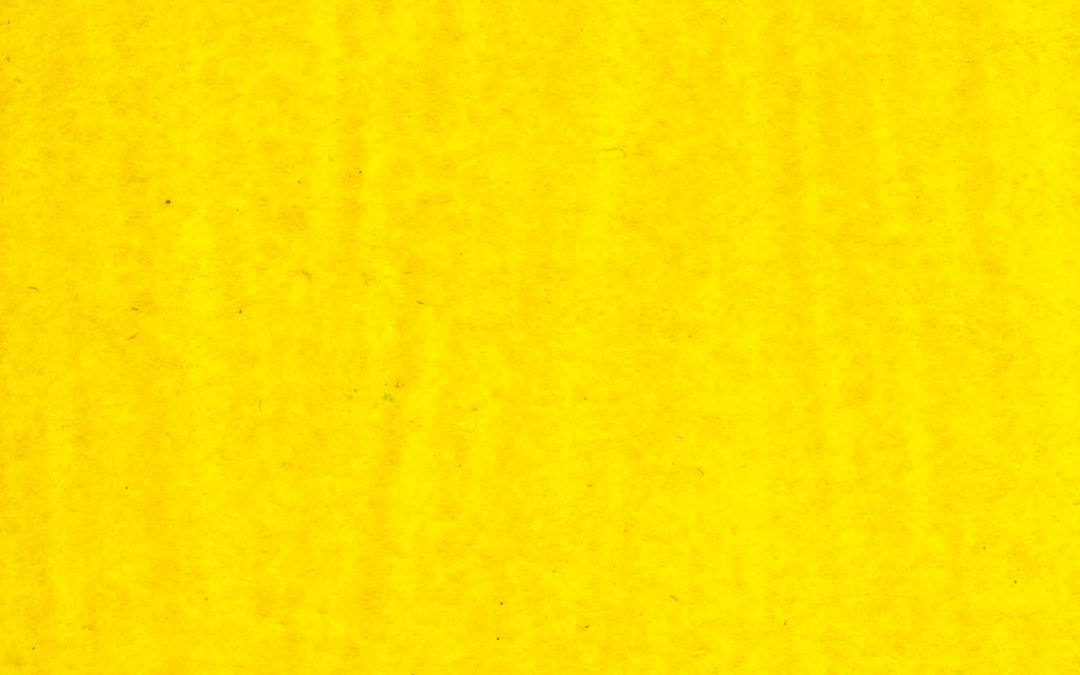
Cobalt yellow was discovered in 1831, but it was never used extensively due to its unsatisfactory chemical stability and high price.

Diego Velázquez – the painter’s painter – was the master of Spanish baroque painting who created a world full of kings, knights, dwarfs and noble women.
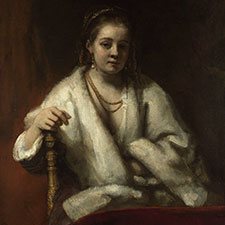
The pigment analysis of the ‘Portrait of Hendrickje Stoffels’ reveals unusual use of colour and the X-ray analysis shows the original pose of the sitter.

In ‘Saskia in Arcadian Costume’ Rembrandt used similar techniques to those in ‘Belshazzar’s feast. Copious use of azurite causes the overall greenish tint.
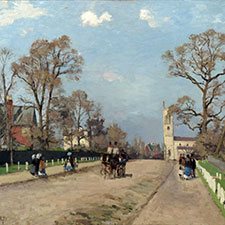
Pissarro, The Avenue Sydenham is painted in a style known as ‘peinture claire’ showing light tones and low contrast achieved by use of white pigments.

Cadmium red is a modern pigment which was not used very often in oil paintings. Its composition is similar to cadmium yellow and cadmium orange.

Cadmium orange (cadmium sulfoselenide) is a modern synthetic pigment which was not used very often in oil paintings.

Pigment analysis of ‘Bay of l’Estaque’ revealed Cézanne’s rich palette with three different green, three different yellow and two different blue pigments.

Stonemason’s Yard is another sight of Venice where the sky is painted with Prussian blue shortly after its discovery by Diesbach in Germany.
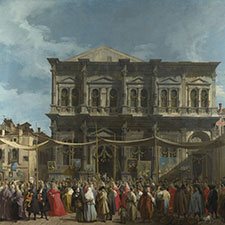
The Feastday of Saint Roch: Canaletto’s use of Prussian blue for the sky is one of the earliest occurrences of this pigment in the history of painting.
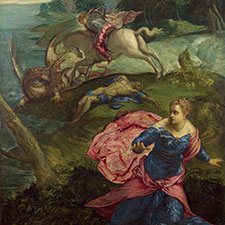
The pigment analysis of ‘St George and the Dragon’ underlines Tintoretto’s unusual treatment of this legend in putting the main emphasis on the Princess.

‘The Surrender of Breda’ is a work of absolute technical and conceptual maturity. The pigment analysis shows Velázquez’ extraordinary handling of color.

Calcite and chalk have been in use in painting since antiquity predominantly as a component for grounds. It has also been used as a white pigment.

Chrome orange is a rather rare pigment found for example in paintings by Renoir. It is not very lighfast and has been in use since 19th century.

Bust of Philip IV is one of several portraits of the king. Scientific examination and pigment analysis revealed several later changes made by Velázquez.
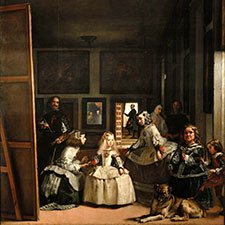
The pigment analysis of Las Meninas reveals the unusual and original use of colour by Velázquez in his best known masterwork.
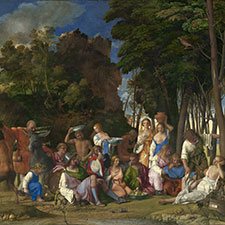
Feast of the Gods was painted by Bellini and later overpainted by Titian. The scientific examination reveals the details of this overpainting.
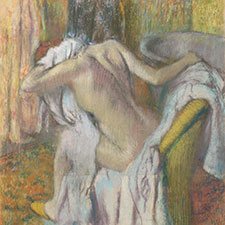
After the Bath: The pigment analysis of this painting by Degas shows an extraordinary rich palette of commercially available pastel pigments mixtures.

Zinc white has been in use since the 18th century by painters such as Van Gogh, Manet and Munch. It is very permanent and compatible with all pigments.
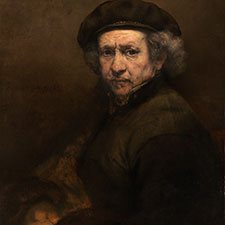
Rembrandt, Self portrait: The pigment analysis reveals a restricted palette of ochres, lead white and carbon black with minute traces of vermilion.
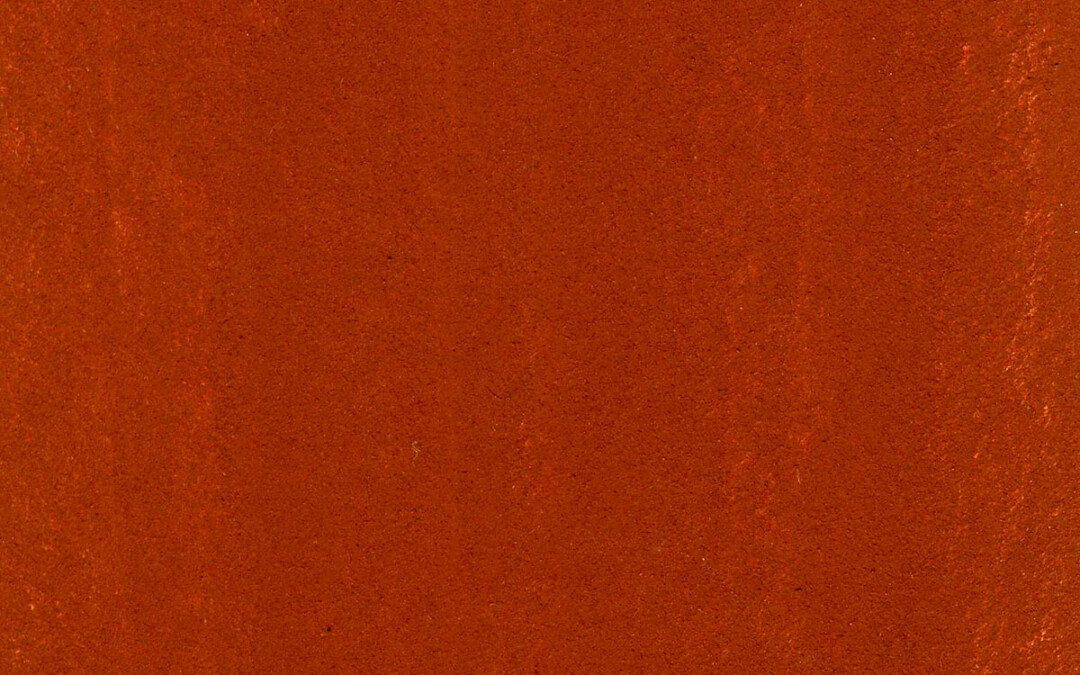
An extensive collection of information on the properties, preparation, identification, and use in painting of the natural pigment burnt sienna.

Vandyke brown: Pigment analyses and literary sources reveal its use in paintings by Rembrandt, Rubens and also more recently by Corot, Delacroix and Ingres.

Umber has been known since the 16th century and pigment analyses show its use by Rembrandt and Vermeer. It is a mixture of iron and manganese oxides.

Orange ochre is a prehistoric pigment used frequently in paintings, one well known example being Rembrandt’s ‘The Rape of Ganymede’.
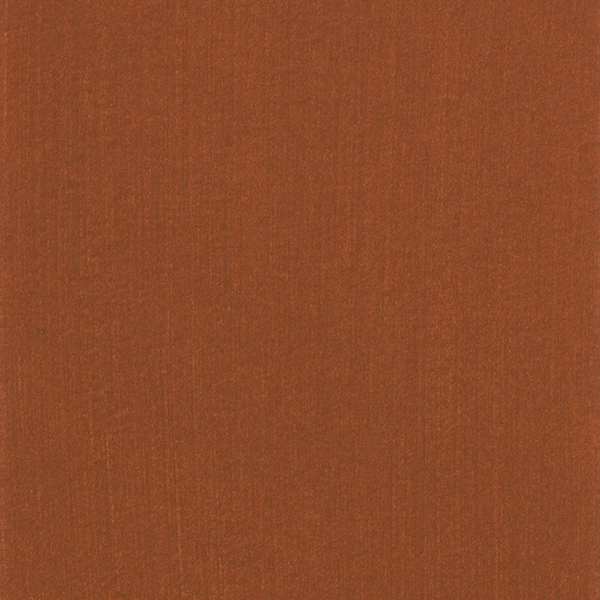
An extensive collection of information on the properties, preparation, identification, and use in painting of the ancient natural pigment brown ochre.
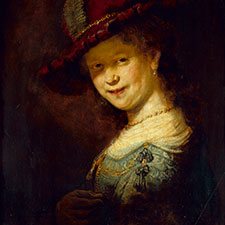
A Young Lady Smiling: an illustrated pigment analysis shows the pigments used by Rembrandt for the gold chain or for the green-blue robe.

The Rape of Ganymede depicts the mythological scene of Zeus transformed into an eagle seizing Ganymede, the young son of the king of Dardania.

Realgar is an orange pigment rarely used in European oil painting. It is arsenic sulfide and as such it is extremely toxic.

Gamboge is a gum resin produced from various trees growing in south Asia. It was not frequently used in oil painting.

Saskia van Uylenburgh as Flora: the illustrated pigment analysis helps us understand how Rembrandt contrasted light and the dark but still colourful background.

Charcoal black is one of the oldest pigments in history. It has a warm tone and can be prepared by charring wood.

Self-portrait with Saskia: the illustrated pigment analysis reveals Rembrandt’s ingenious painting technique and his masterful handling of the medium.

Indigo as a natural and synthetic pigment has been in use since antiquity but its use in oil painting ceased in the early eighteenth century.
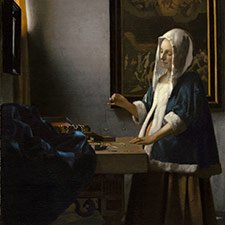
‘Woman Holding a Balance’: The pigment analysis and a collection of resources help us to appreciate Vermeer’s painting technique in this mature masterwork.
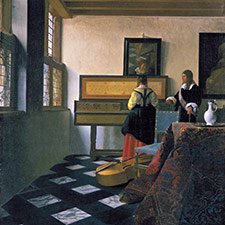
‘The Music Lesson’ is Vermeer’s mature work painstakingly composed and executed. The lady turns her back on the viewer but her head is reflected in a mirror.
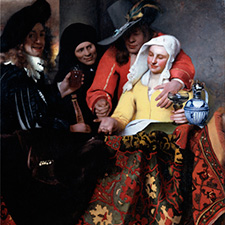
‘The Procuress’ is Vermeer’s first genre painting dominated by two colors: red in the man’s jacket and yellow in the woman’s tunic.

The ‘Glass of Wine’ is one of two Vermeer’s paintings showing a lady being offered a glass of wine by a gentleman with obvious amorous intentions.
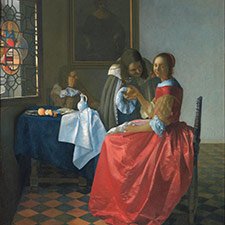
The ‘Girl with a Wineglass’ is one of two Vermeer’s paintings showing a lady being offered a glass of wine by a gentleman with amorous intentions.
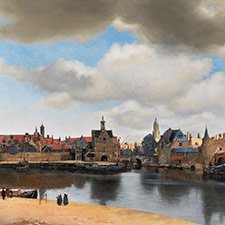
‘View of Delft’ by Vermeer is one of the most famous and beloved city views in western art. The harmony of the composition and the tranquillity are unique.
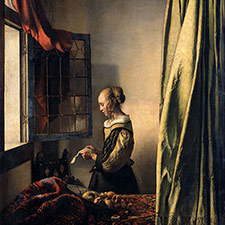
‘A lady reading a letter’ is Vermeer’s early painting and one of his first household scenes dominated by subtle light and seemingly stopped time.
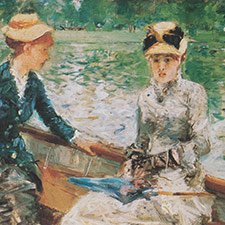
A Summer’s Day by Berthe Morisot is a beautiful example of an outdoor scene in Bois de Boulogne which was one of her favourite subjects.
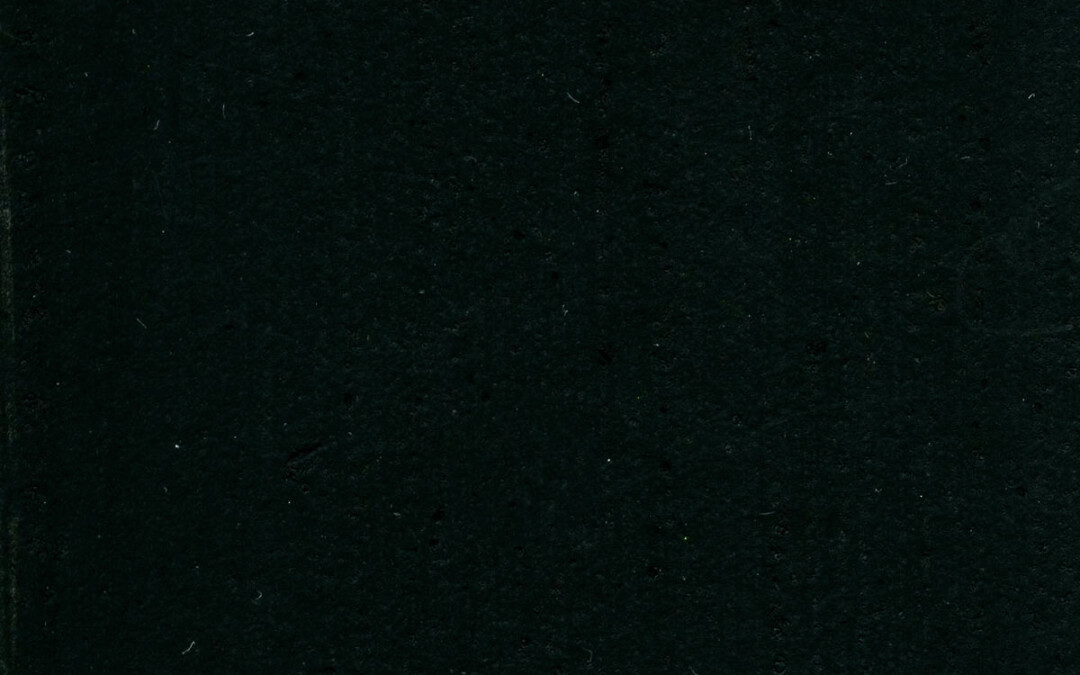
Bone black had been in use since ancient history by many artists such as Rembrandt and Velázquez but also by modern painters such as Cézanne and Picasso.